Introduction to the properties of high-purity methyl iodide
Release time:
2020-10-26
Methyl iodide, also known as methyl iodide, is a halogenated methane (methyl chloride, methyl bromide, methyl iodide) compound, which is often used in the pharmaceutical industry as an intermediate in organic synthesis. Because iodine ion is a good leaving group, high-purity iodomethane is a very good methylation reagent, which is often used in the methylation reaction of alcohol, phenol, ketone, ester, carboxylic acid, amino compound, cyano compound, nitroalkane, sulfone, sulfoxide, imine and hydrazone.

Methyl iodide, also known as methyl iodide, is a halogenated methane (methyl chloride, methyl bromide, methyl iodide) compound, which is often used in the pharmaceutical industry as an intermediate in organic synthesis. Because iodine ion is a good leaving group, high-purity iodomethane is a very good methylation reagent, which is often used in the methylation reaction of alcohol, phenol, ketone, ester, carboxylic acid, amino compound, cyano compound, nitroalkane, sulfone, sulfoxide, imine and hydrazone.
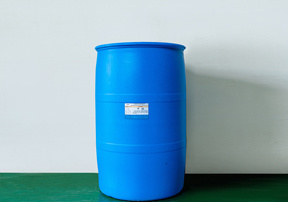
High-purity iodomethane is also a good initiator for the Grignard reaction, and is often used for the initiation of the Grignard reaction of the inactive halides such as chlorinated aromatic hydrocarbons. It is often used as the raw material for the production of iodomethyl methionine (vitamin U), analgesic, antidote and other drugs and fire extinguishing agents, as well as the synthetic raw material of other organic compounds. It can also be used as a methylation reagent for the inspection of pyridine and microscope, and also as a fumigation disinfectant. In agricultural production, it is used as fungicide, plant parasitic nematode killer, soil pathogen killer, pre-sowing insecticide and herbicide.
Physical and chemical properties of high-purity iodomethane
High-purity methyl iodide is a colorless liquid, volatile, with a sweet and spicy smell, which can be used as a slight warning feature. When it is exposed to certain light and humidity conditions, it can precipitate iodine and become yellow, brown or red. The boiling point is 42.5 ℃, the melting point is -66.1 ℃, the specific gravity is 3.325, and the solubility in water at 20 ℃ is 1.4%. It is extremely soluble in acetone, ethanol, benzene, diethyl ether and carbon tetrachloride.
Metabolic pathway of high-purity iodomethane
The main metabolic pathway of iodomethane is that iodomethane and glutathione (GSH) form S-methyl-GSH through non-enzymatic connection in the cytoplasm, and then convert into S-methylcysteine (SMC) through transpeptidase, and then form N-methylthioglycoglycine, methylthioacetic acid, and methylthioetheramine. SMC and N-methylthioglycoglycine can be detected in human urine. SMC is decomposed into methyl mercaptan by decarboxylase and deaminase. The demethylase in the mitochondria demethylates methylmercaptan and produces hydrogen sulfide, a highly toxic metabolite. Hydrogen sulfide can be further oxidized to produce acetic acid and sulfate. Another metabolic pathway is cytochrome P-450 oxygenase system. High-purity methyl iodide is metabolized by cytochrome P-450 to produce formaldehyde, which is further converted into formic acid by the action of dehydrogenase, and induces folate-dependent C1 pathway to form polymer or oxidize to generate carbon dioxide. In addition, a small part of the metabolic pathway is to release ions directly through the methylation of macromolecules to produce toxic effects. After being absorbed by the body, iodomethane is distributed to various organs in the body, with the highest levels in blood, thyroid, lung and kidney, followed by liver, spleen and heart, and less brain tissue. There is still a large amount of iodine in the urine 12 days after exposure, so it is speculated that iodomethane is discharged slowly from the body. Its decomposition products are finally excreted through urine and feces, mainly through urine.
Related news






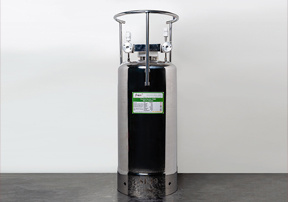
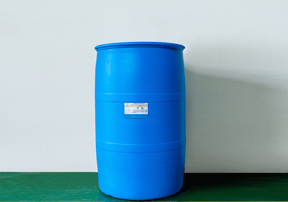
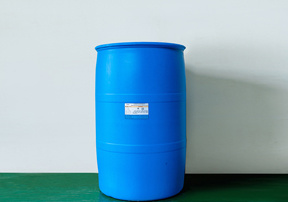
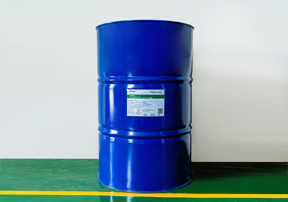











 LANGUAGE ▼
LANGUAGE ▼





